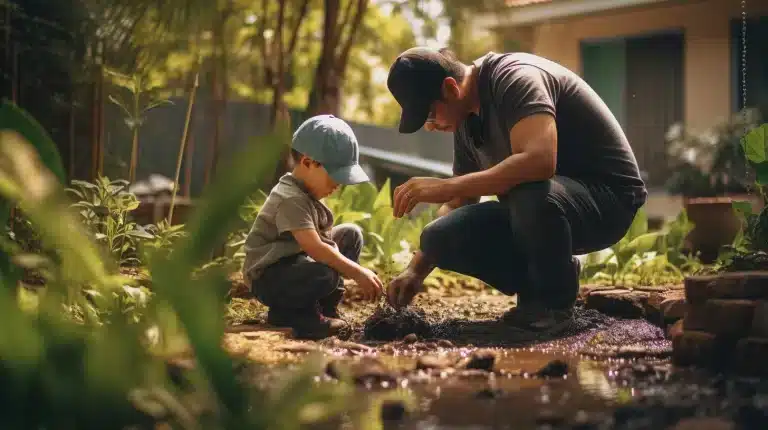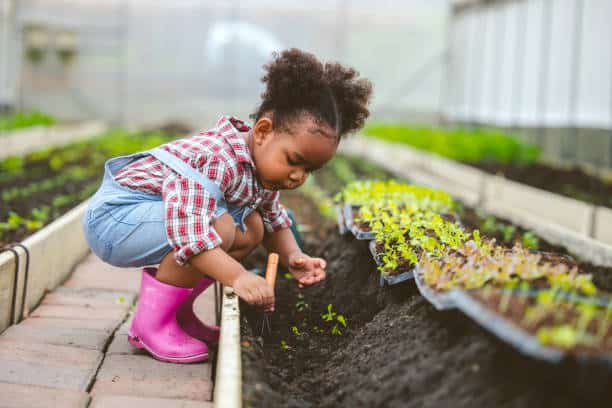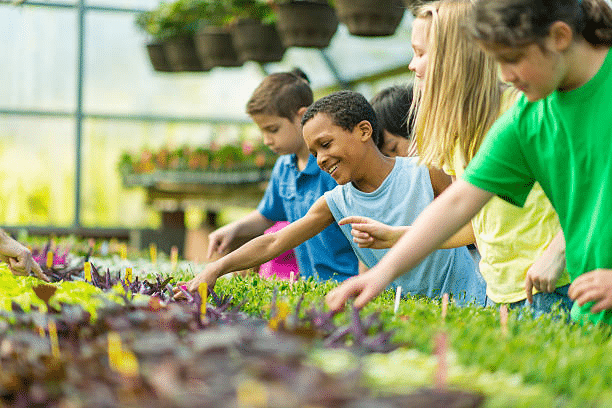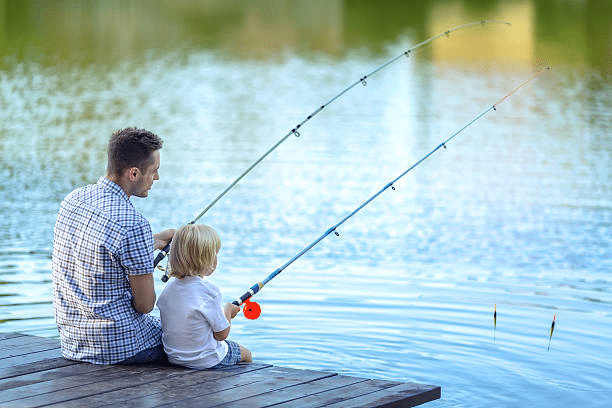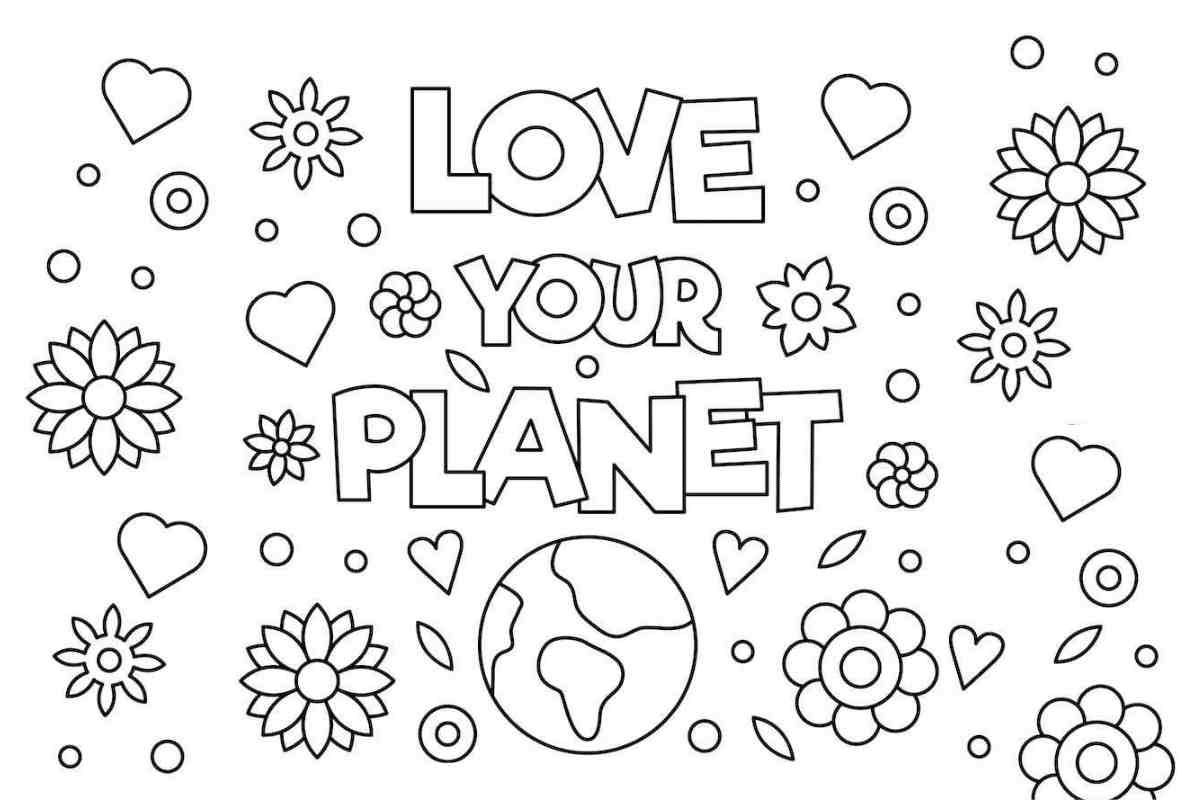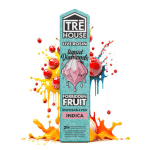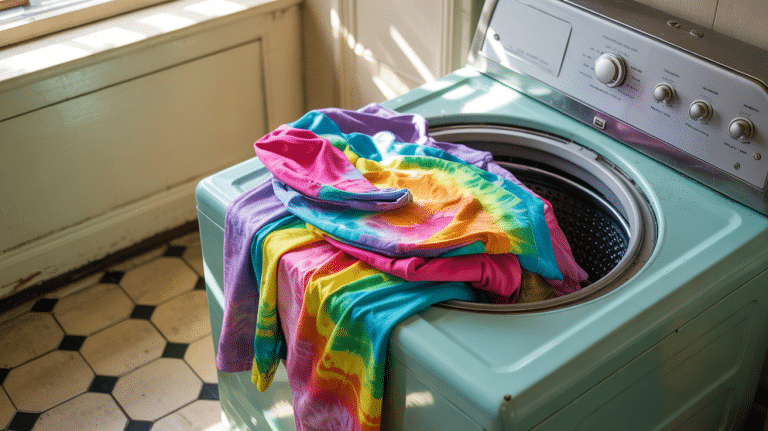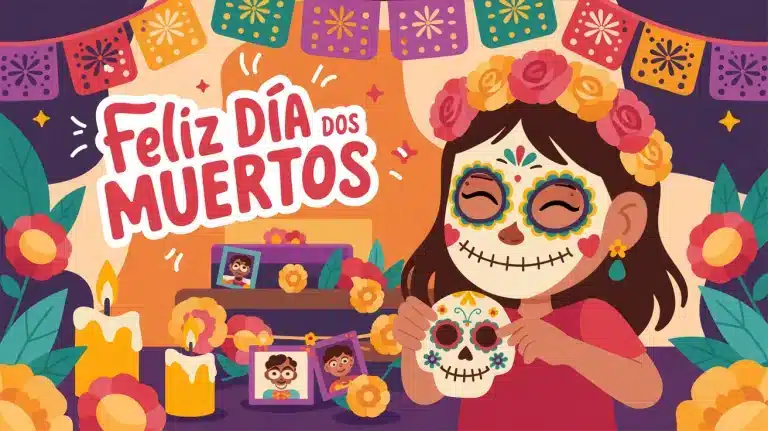Earth is the only planet with water. Thus, it is the sole known means of life in the entire solar system. It is home to thousands of animals, plants, and humans.
However, rising modernization has certainly come at the cost of the environment. Therefore, it is time we start making changes to raise environmental consciousness.
Teaching and involving children in nature and climate care is the solution. Are you wondering where to begin?
Well, learning does not necessarily have to be boring. Today, we will look into creative ways to raise eco-awareness among children.
Are you ready? Let’s begin!
Ways to Teach Your Kids About Environmental Conservation
Caring for our planet Earth is an absolute necessity. The world of the internet, smart technology, and busy schedules have trapped kids indoors. The current generation is hardly aware of the patterns of nature.
Therefore, as responsible parents and teachers, we must introduce them to the beauty of nature. Here is how we can do it for the future of our children and the planet.
1. Backyard Gardening
Backyard gardening is the simplest way to teach children about our environment. It is a magical place where you sow seeds. Soon, with ample water and sunlight, the seeds will grow into plants.
These beautiful green plants bear fruits, vegetables, and flowers. Besides, they enrich the environment with oxygen. Trees are home to thousands of insects, birds, and animals. Magical, isn’t it?
It is amusing to witness how a habit of gardening can make incredible changes for our planet. Teaching our children to garden will help them learn about Mother Earth’s compassionate, contributing, and giving nature.
2. Go Fishing
Fishing is another creative way to awaken awareness in our younger ones. It is not just about taking a hook, fixing a bait, and catching a fish.
The activity brings them close to nature and teaches them about patience, the magic of silence, and aquatic life.
Besides, teachers can also educate about catch and release to trigger a sense of respect for biodiversity.
3. Read Books on Environmental Conservation
Do you know bedtime stories can be educational if you make them fun? Well, if you have not started the holy ritual of bedtime stories, this is a golden opportunity to do so.
Pick storybooks and fiction that incline towards raising environmental awareness. Disney stories, fairy tales, and fiction offer limitless options.
These storybooks are often magical and help children develop a practice of reading.
You can also promote visual learning with fun nature and wildlife documentaries. After all, tigers, lions, elephants, and zebras always excite little minds.
4. Work on An Earth Day Coloring Page
If your children are fond of creating a mess with colors, let it be impactful! We are making continuous efforts to find creative ways to help children learn.
All you have to do is buy an Earth Day coloring page or print it online. Select images of planting trees, stargazing, caring for planet Earth, picking waste from the ground, or blooming flowers.
Print these images and encourage your little ones to fill them with appropriate colors. Yes, it is that simple. Your children learn environmental awareness while having fun with colors.
5. Craft Homemade Paper
Making handmade papers at home is another fun technique to teach children about recycling. Papers come from bamboo trees. The unlimited supply of paper will soon make our trees grow extinct.
But small efforts by children can help save planet Earth.
How? Reuse old and discarded pages, newspapers, and cardboard to make paper at home. It is an easy-to-do activity, but it fosters a sense of patience and compassion in the process.
Soak the papers, blend and shred them, and pass them through a fine mesh. You can add colors of your choice and let them dry. Your handmade paper is ready to use.
6. Air Quality Science Experiment
Well, it is time for another fun-filled science experiment. Did you know we can test the quality of air with the help of simple ingredients?
If not, grab a piece of thick paper, a tub of petroleum jelly, a pen, and a thread. Of course, we must find an open space or rush to our backyard.
Now, use the pen to punch a hole in the paper. Use the thread to pass the hole and hand the paper from a tree. Once done, slather petroleum jelly on the paper and leave it open.
When you return after an hour, you will find dirt and dust stuck to the paper. That is exactly how much dirt the air carries!
7. Beach Clean-Up Walk
This creative environmental awareness activity is perfect for the summer holidays. On your next trip to the beach, dedicate a day to giving back to nature. You can employ your whole group to do a beach cleanup activity.
You will need big trash bags, gloves, and tongs. Wear some light clothes and do not forget to apply sunscreen for protection from the harsh UV rays of the sun.
Now, wear your gloves and spread them all over the beach. Select the dirtiest spots and use tongs to collect beach garbage in your trash bags.
Learning while having fun will also help kids develop humility and compassion for Earth.
Summing It Up
Overall, environmental learning does not have to be traditional to limit children to the classroom.
Encouraging young students to find a balance and take them outdoors is a better choice. The more creative and fun the activities, the better they learn about environmental consciousness.
Every child learns differently. Thus, taking creative action and encouraging a fun learning process is wise. It will certainly help them develop compassion for planet Earth.
How are you teaching environmental awareness to your children? Comment below and share with us.

